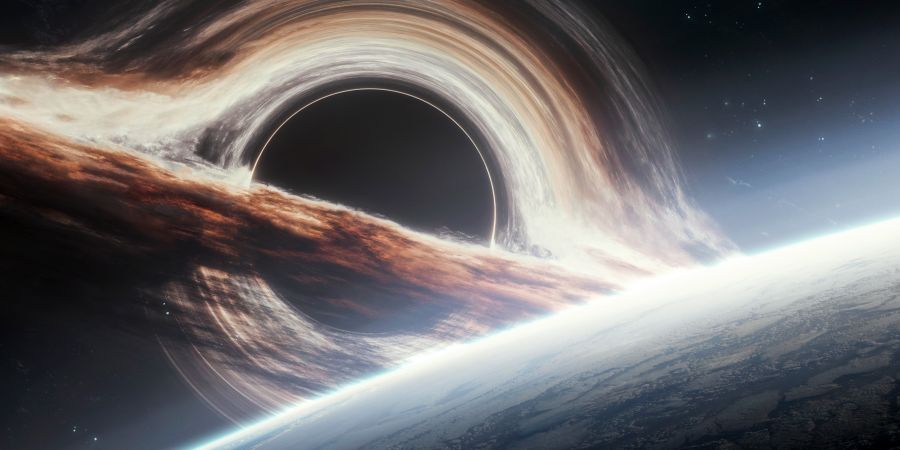

What we can see in our sky planets, stars, gas, dust, worlds, nebulae, space rocks, meteors, and more is a little part of what exists. Splendid matter, the noticeable stuff of the universe, frames something like a 6th of its mass. What frames the rest, and how would we know it's there?
What is a Dark Matter?
Researchers realize there should be more going on under the surface in light of the fact that the concealed substance has gravity and has all the earmarks of being keeping intact the pieces of the universe that we can see, cosmic systems specifically. Since the inconspicuous matter doesn't emanate radiation, researchers call it dark matter.
Believed to constitute about 95 percent of the universe's total mass, dark matter and dark energy may comprise unfathomable numbers of tiny subatomic particles. Candidates for dark matter include cold dark matter(CDM), sluggish elementary particles; weakly interacting massive particles(WIMPS), heavy hypothetical particles that rarely interact with other matter; and massive compact halo objects(MACHOS), known objects such as planets, neutron stars, and white dwarfs that are presumed to be in the halos of galaxies.
What is a Black Hole?
A dark opening structures when an enormous, passing on star breakdowns. The gravity made by this gathering matter totally overwhelms any outward powers, including light. Albeit a dark opening radiates no light, its presence is distinguishable b radioastronomy gear. Its major areas of strength for very pull sucks gas and residue toward itself, shaping a spinning growth plate around the opening. The circle warms any matter that crosses it, transmitting x-rays(opposite).
Types of Black Holes:
1)STELLAR MASS:
Formed from collapsed cores of giant stars. It mass a few times greater than that of Earth's sun.
2)INTERMEDIATE MASS:
100-10,000 times more massive than Earth's sun. Only a few identified and confirmed.
3)SUPERMASSIVE:
It is the largest ever found. Inhabits cores of galaxies. Form a few million to a few billion times larger than the sun.
4)PRIMORDIAL BLACK HOLE:
Smallest ever found. Formed in the early universe, soon after the big bang.
What is a Worm Hole?
An exceptionally speculative thought of current astronomy, wormholes are hypothetical prospects permitted inside the numerical system of Einstein's overall hypothesis of relativity. A wormhole is a fleeting gateway, enduring just a short second, that joins two dark openings in various areas.
Wormholes could associate two focuses in the current day universe or, maybe, in various times. In wormhole hypothesis, matter falling into a dark opening at one point ought to arise through a proposed "white hole" the converse of a dark opening at the opposite end.
Neither wormholes nor any proof of them has yet been noticed. Researchers can't decide how they would be made, in spite of the fact that astrophysicists like Peddling keep on chipping away at this charming thought.
